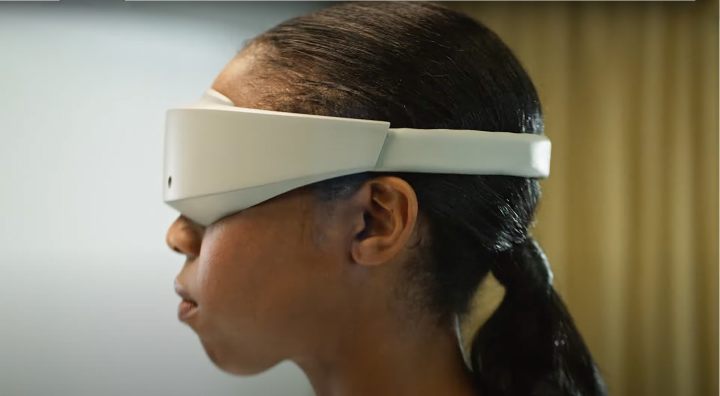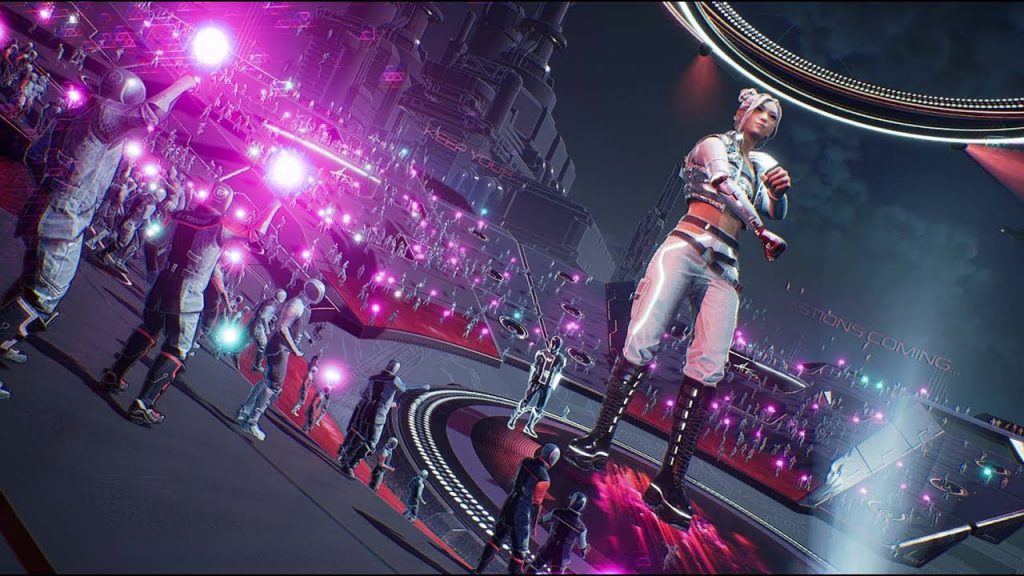The media and entertainment metaverse will be a unified space that brings multiple virtual worlds together on a single, interoperable M&E-focused platform. It will incorporate artificial intelligence (AI), virtual, augmented, and mixed reality (VR/AR/MR), the internet of things (IoT), and hand and eye tracking tools.
These multiple, interconnected immersive virtual spaces are going to change how we experience concerts, tech shows, events, and showrooms forever and creative visionaries will be given free rein to create more and better immersive experiences. The M&E metaverse will scale quickly and will help to shape the future of extended reality socialising … and it is closer than we think.

At the moment, audiences access volumetric video and real-time 3D content and interact in shared virtual spaces via headsets, with the likes of Meta Platforms, Spatial, STYLY, Pico, Lenovo and Varjo showing the way. But what is coming next?
In the future, we’ll get VR theme parks, virtual concerts using platforms such as Meta’s Horizon Worlds, Decentraland, The Sandbox and Monkey Kingdom and VR gaming, thanks to Microsoft, Meta Platforms, Epic Games, Unity, Valve Index and Pico amongst others.
The major metaverse platforms are currently Horizon Worlds, Pico Worlds, STYLY, HTC’s VIVERSE, Epic Games’ Fortnite and Roblox. Together the are building the metaverse’s infrastructure, where people will be able to create their own gaming experiences and where developers will be able to create and make money from full-scale gaming experiences.

Companies like Improbable are scaling up the number of concurrent gamers with massive multiplayer technologies that leverage cloud computing, edge server processing, and AI-backed enhancements.
Synaesthetic tools that blend multiple sensory experiences will enhance immersion for users and deepen their emotional impact. Technologies such as avatar development will create added realism for gaming interactions with face tracking.
Global telecoms giants such as Verizon, China Mobile, T-Mobile, and EE are scaling their networks to offer massive immersive experiences for US football and basketball games. AR glasses that provide real-time player or athlete stats, profiles and digital overlays will become commonplace.

Motion capture (mocap) systems will deepen realism for content creators developing character and democratise content creation, allowing smaller companies to compete head-on with Hollywood studios, except perhaps for when it comes to the promotional budget. But, then again ….
If you would like advice, guidance or support to get into using mixed reality and create engaging, immersive content that thrills and grows audiences, we would be happy to oblige – contact@mondatum.com.
Source: XR Today


